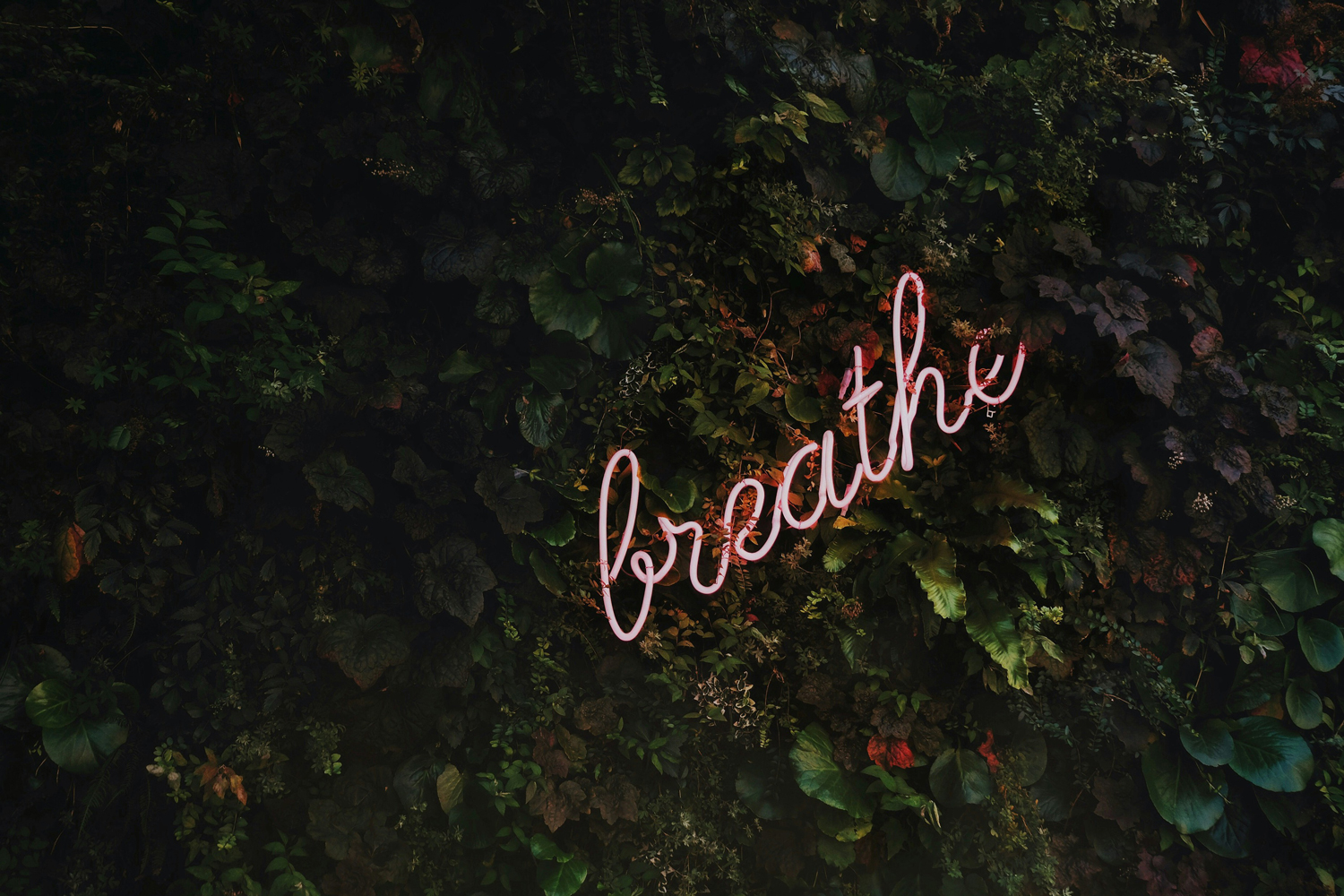
Why Waist Trainers are The Secret to an Hourglass Figure
The hourglass figure – characterised by a well-defined waist and balanced bust and hips – has long been considered the

It’s easy (and sometimes necessary for getting things done) to slip into the habit/rhythm of living your life at a faster and faster pace. Especially if you are far removed from the natural world, like many city living people. This fast pace can unfortunately sometimes bring anxiety and stress along with it as a by-product. And whilst anxiety can in itself be a tool – often it is a hindrance to inner peace.
What you might not be aware of, is that there are a number of breathing techniques for increased calmness and mental clarity that can really make a difference. Here are 3 of our favourites:
Box Breathing, also known as square breathing, is a simple and effective technique used to calm the mind, reduce stress, and improve focus. It’s popular with athletes, military personnel, and professionals under pressure.
Repeat the cycle for 4–10 minutes, or as needed.
Diaphragmatic breathing is a foundational mindfulness practice that involves focusing attention on the breath to cultivate calm, clarity, and presence. It’s often used in meditation, yoga, and stress-reduction practices.
Practice for 5–20 minutes or longer, depending on your comfort and experience level.
RELATED

The hourglass figure – characterised by a well-defined waist and balanced bust and hips – has long been considered the

When working to grow your glutes and legs, it’s natural to question whether cardio is helping or hurting your progress.
© 2025 Cool Sun Wellness. All Rights Reserved.